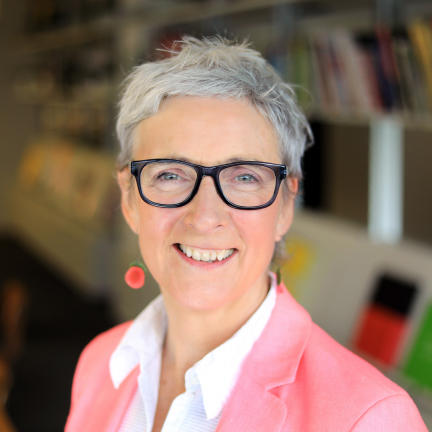by Kim Judge, MA Applied Imagination, CSM
‘Everything Happens So Much’ opened at London College of Communications (LCC) on 19th September. It was an enjoyable evening, seeing Sarah Weir OBE, Design Council CEO give an informative speech about the future of the design industry and the important place women have within a variety of roles. Sarah Weir highlighted her experiences climbing the career ladder in a male dominated industry. She is a bold, courageous and charismatic woman; who is a great person to be inspired by when studying or working in the creative industries. However, she triggered something; which had been skimming through the corners of my mind for more than a year. Firstly, it was the number of female headliners at summer shows and festivals; followed by the talks about exhibiting female artists and whether it is worth investing in their work? Finally, the death of Oksana Shachko was shocking and then the disappointment felt by a failed parliamentary petition to discuss the on-going row about the gender-pay gap.
Gratitude is shown to the BA Graphic Media Design students who contributed to the ‘Ghostbusters Antholozine’ curated by Andrew Slatter; because an article titled; ‘Are women still overlooked in the art and design industry?’ was the icing on the cake. With so much publicity for gender equality, empowering women, the centenary of the suffragette movement and the Representation of the People Act 1918, a lot of talk about the revived subjects have come to the forefront of society. With a huge surge in women taking up entrepreneurial opportunities; in charities, community interest companies, social enterprises and other start-ups. There are some statistics and reports that have highlighted the representation of women in the creative industries.
In January 2018, Billboard covered the Women’s rally march in Hollywood; a protest for equality within the film and television industries. “The USC Annenberg School for Communication and Journalism division had just released its inaugural report on inclusion in popular music.
Significant statements in the report included:
Of 2,767 songwriters credited, 87.7% were male and 12.3% were female.
73.8% of female songwriters only worked once in 6 years, 7.9% worked twice, and 4.3% worked three times. Less than 6% of female songwriters had 6 or more credits across the sampled time frame.
A total of 899 individuals were nominated for a Grammy Award between 2013 and 2018. 90.7% of those were male and 9.3% were female.”
Dr. Kate Pieper (Research Scientist, USC Annenberg Inclusion Initiative) states “perceptions of leadership can influence who is considered for senior creative positions. Given the significance of the producer role, artists and executives may hold a cognitive bias of producers that pulls male.” The Dots, a creative industries employment platform celebrated International Women’s Day 2017 by highlighting 150 women with significant roles in well established companies such as D&AD, BFI, MOMA, MTV and Viacom. A report carried out by the Design Council in 2015 shows that the design economy is 78% male compared to 53% across the whole working economy.
Kathryn Ellis wrote about the ‘Lost Girls’ of advertising in May 2018 for Campaign Live. She mentioned that female graduates are being coerced into entry-level account manager roles and steered away from creative advertising jobs, of which 11% were assigned to females. Their male peers were smooth sailing with ‘45% landing jobs in other agency roles and 34% gained roles in marketing or other creative companies.’ Speaking at The Drum Big Won Awards in February 2018, Ali Hanan (Founder of Creative Equals) said that ‘it was shocking’ but she was not surprised that less that one fifth of award winners were female. She went on to explain; “looking at the macro data from a number of different companies, we see this; women’s careers simply aren’t progressed in the same way as their male colleagues.”
It is disappointing to see that across several sectors within the creative industries, the disproportion of women in substantial, innovative and empowering roles is extremely skewed. Differentiating this concept in comparison to the social cries for more women to be the changer-makers, breadwinners, and social or economic unicorns is quite difficult to process even from a personal perspective. The all singing-all dancing female CEO hybrid of the creative industries is still an idea, but not unattainable. Yet, we must consider the emotional and psychological trauma woman have endured for many decades, even centuries and how we must comfort each other in overcoming obstacles masked with such innate fear.
So, with the future in mind, we not only have to empower and heal ourselves, but we must be conscientious about our actions to ensure that the men in our lives do not have their masculinity revoked. If we are protesting and managing plans for a change in policy, we must practice what we preach and be considerate of the adaptive emotions that men will display. This is something which can shed light on the social growth and development of the gender and how we hope to curate our own evolution.
Citations
https://www.campaignlive.co.uk/article/women-advertising-go/1466097
https://www.emeraldinsight.com/doi/abs/10.1108/17566261211234652?fullSc=1&journalCode=ijge


